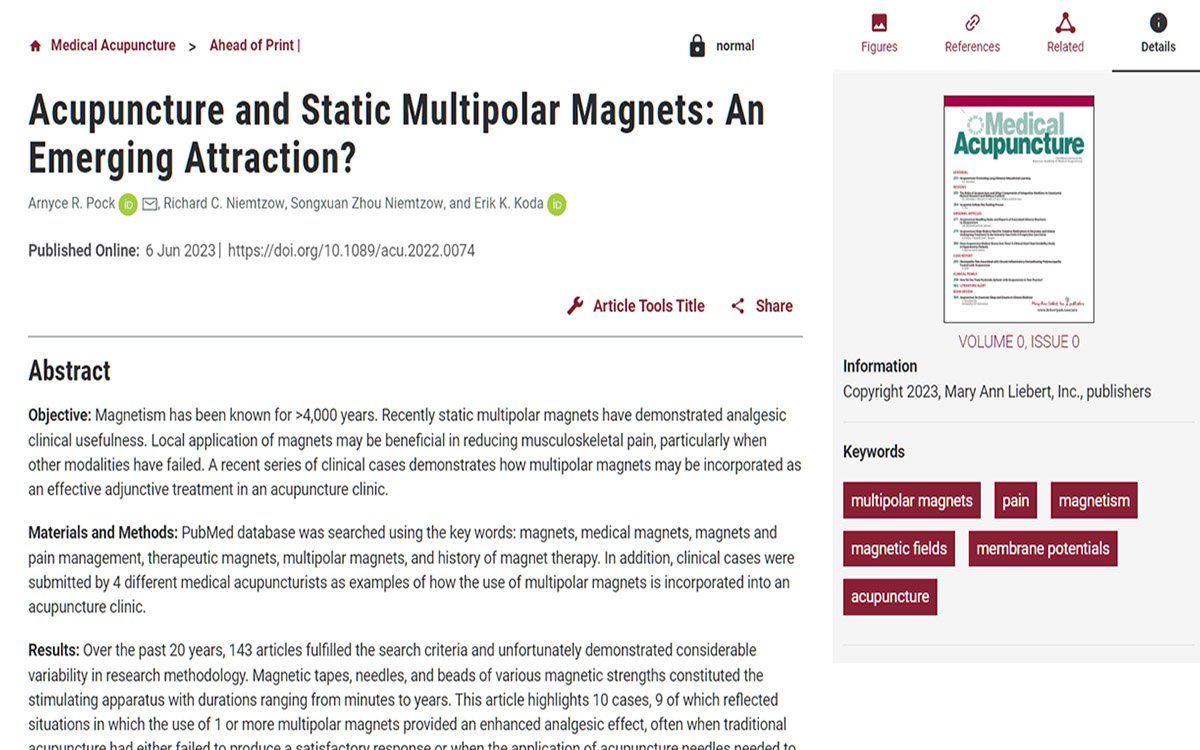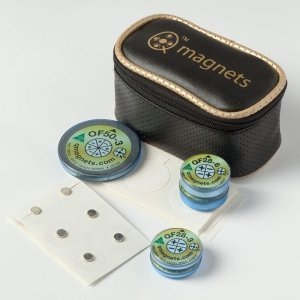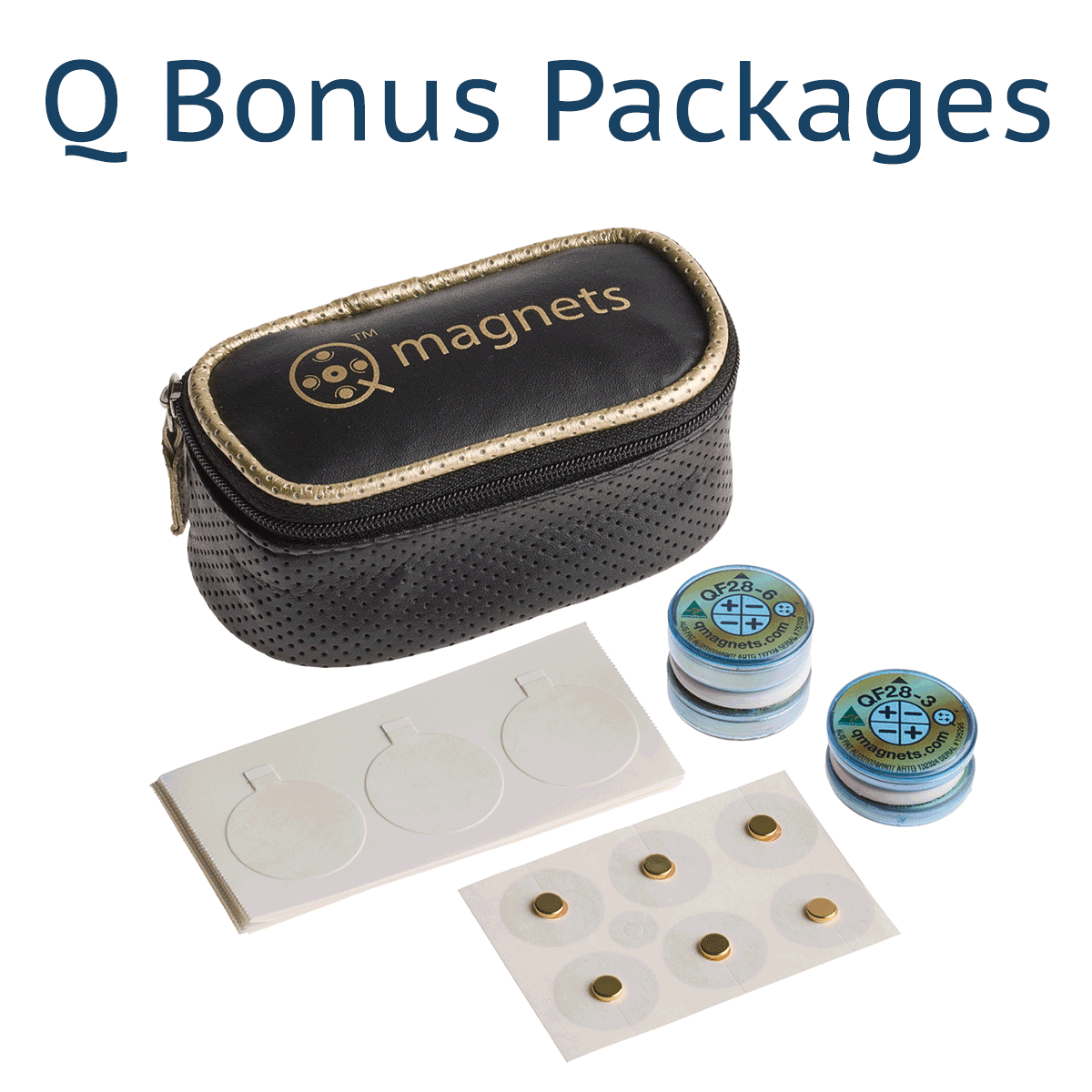A new article1 by Dr. Richard C Niemtzow et al. in the Medical Acupuncture Journal shows the potential of multipolar magnets for pain relief. The articles reviews 10 cases, 9 of which reflected situations in which the use of 1 or more multipolar magnets provided an enhanced analgesic effect, often when traditional acupuncture had either failed to produce a satisfactory response or when the application of acupuncture needles needed to be limited. The authors studied a recent series of cases submitted from the practices of 4 different medical acupuncturists and concluded that if static magnetic field therapy is properly employed, it can be an effective and safe modality for treating pain.
The editor-in-chief of the Medical Acupuncture journal and one of the primary authors, Richard C. Niemtzow, M.D., Ph.D., M.P.H., is a retired USAF colonel and was the first full-time physician acupuncturist in the US Armed Forces. Last year Dr. Niemtzow published this excellent case study of Q magnets application2. In 2017, he published a ground-breaking article – “Acupuncture and Magnets: Is There a Clinical Role?“.3
The optimal use of Q Magnet devices requires a willingness to use careful neurological localization and even paradigms of acupressure and acupuncture. The reported efficacy of these techniques should not go unnoticed. For example, the placement of Q Magnet devices over acupressure points on the wrist may avert nausea of chemotherapy or surgical anesthesia.
Q Magnets are intended to produce a mixed (positive and negative) magnetic flux field generating magnetic field gradients and can be applied to potentially provide comfort or localized temporary relief of minor aches and pains (e.g., from muscle soreness/stiffness, arthritis). Read our article on How Q Magnets work to see how the interaction of magnetic fields with biological tissues could modify the biochemical and biophysical processes and induce specific physiological changes.
The magnet is typically applied directly to the skin with adhesive or glued or sewn into braces. In the beginning use the basic placements which were developed over many years from the treatment of thousands of patients. These placements should provide the best results in over 50% of cases, but individuals may require slight variations in placement which can be assessed through acupuncture principles.
For new acupuncturists, the Trigger Point Locator is a useful tool in identifying areas of sensitive nerve activity that can be accurately targeted with Q Magnet therapy.







